
“It was pretty shocking when we saw it,” Jacob Schoen, a technician at an Ohio zoo told local reporters in December 2020, just before the global media circus descended. The source of this storm? This image, clearly showing that the Tasmanian devils housed in their enclosure were fluorescing after-hours – parts of their faces were, quite literally, glowing in the dark. Certain Australian mammals, including Tasmanian devils, are thought to manage this via arrangements of special proteins in the skin and fur that absorb energy from sunlight during the day. At dusk, they re-emit this energy in a different wavelength – one invisible to humans without the use of blacklights or ultraviolet (UV) torches, which translate these hidden wavelengths into colours our eyes can process. The big question zoologists are now asking is: why? What role does fluorescence play in animal communication? Week-by-week, month-by-month, other animal discoveries are lighting a path towards answers.
GLOW IN THE SHARK
Diese Geschichte stammt aus der September/October 2021-Ausgabe von Very Interesting.
Starten Sie Ihre 7-tägige kostenlose Testversion von Magzter GOLD, um auf Tausende kuratierte Premium-Storys sowie über 8.000 Zeitschriften und Zeitungen zuzugreifen.
Bereits Abonnent ? Anmelden
Diese Geschichte stammt aus der September/October 2021-Ausgabe von Very Interesting.
Starten Sie Ihre 7-tägige kostenlose Testversion von Magzter GOLD, um auf Tausende kuratierte Premium-Storys sowie über 8.000 Zeitschriften und Zeitungen zuzugreifen.
Bereits Abonnent? Anmelden
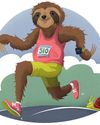
TAKE IT SLOW
Slow running is a fitness trend with some hard and fast science behind it
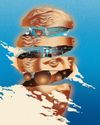
Physics, AI and music share a common thread. You just have to know where to look
Studying science can lead you in many directions and open doors to unexpected possibilities along the way
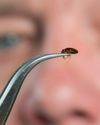
BED BUGS VS THE WORLD
When bloodthirsty bed bugs made headlines for infesting Paris Fashion Week in 2023, it shone a spotlight on a problem that's been making experts itch for decades: the arms race going on between bed bugs and humans
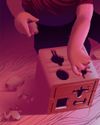
Kids are the key to understanding obesity. But we need more of their genes...
We can unravel the role that bodyweight plays in disease, but we need a bigger, more diverse, sample of genetic material to do so

COVID inquiry: What did we learn and what can we do better in future pandemics?
Masks, social distancing, lockdowns... how effective was the UK's response to the COVID-19 pandemic?
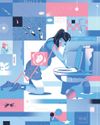
One hormone could be the key that unlocks a cure for morning sickness
The nausea and vomiting that, in extreme cases, can endanger mothers and babies might soon be just a memory
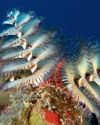
THE WORLD'S WEIRDEST CREATURES
Under the sea and upon the land, some animals look - to us - pretty strange...
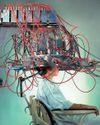
WHEN MIND AND MACHINE COLLIDE
First, Elon Musk wanted to make electric cars ubiquitous, then he wanted to make space exploration a private enterprise. Now, with Neuralink, his newest venture, Musk hopes to merge humans and artificial intelligence. Turns out, it might not be such a crazy idea...
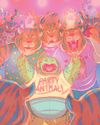
COME OUT OF YOUR SHELL
Social anxiety is more than just being shy. It's a phobia born out of our evolutionary past. But that raises a puzzling question: why do so many of us fear human interaction when we're supposed to be the most sociable species on the planet?

SPACE ODDITIES
Take a tour of the weirdest spots in the universe, where the 'normal' rules don't apply. Places that squeeze time, blow bubbles and even rain glass... sideways